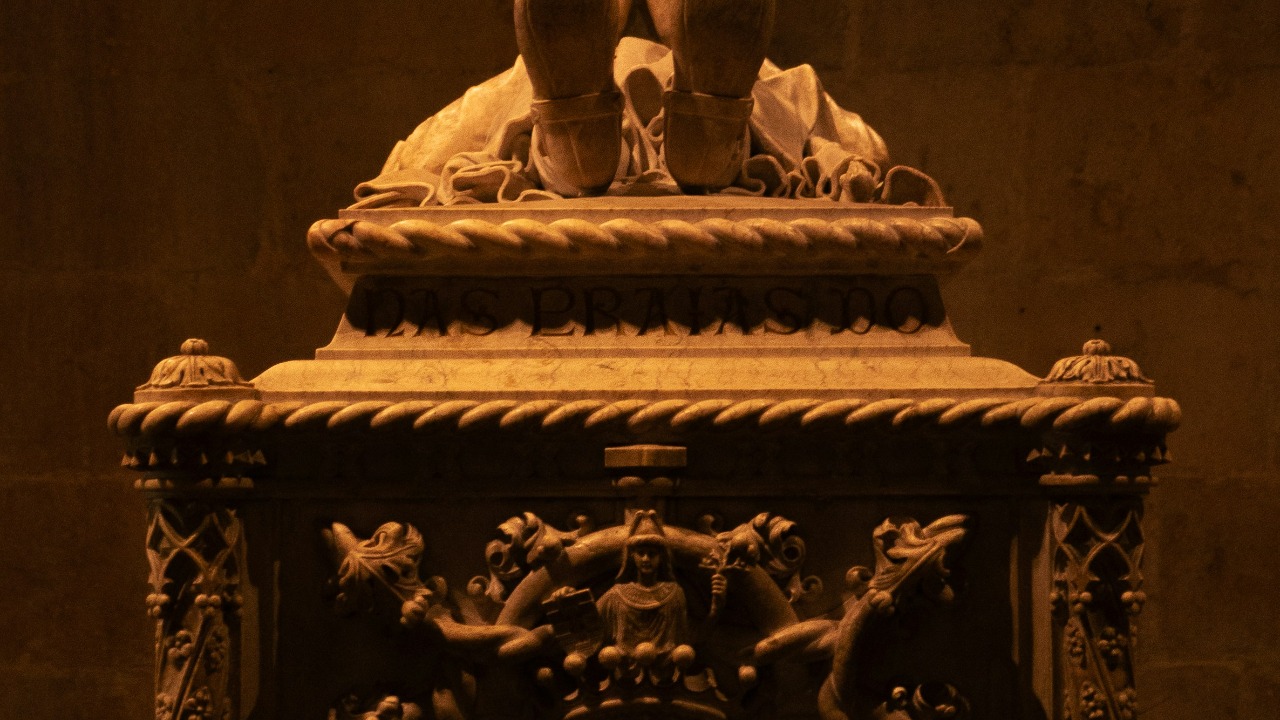
The Ark of the Covenant, an ancient biblical relic, has long captivated historians, archaeologists, and treasure hunters. Recent revelations have reignited interest in its whereabouts, prompting the CIA to renew its quest to locate this fabled artifact. Delving into the historical significance, past searches, and the latest developments in the search for the Ark, I aim to shed light on why this ancient object continues to intrigue modern minds.
Historical Significance of the Ark

Biblical Descriptions and Importance
The Ark of the Covenant is described in the Bible as a sacred chest constructed by the Israelites under the guidance of Moses, as detailed in the Book of Exodus. Crafted from acacia wood and overlaid with gold, the Ark was designed to house the stone tablets inscribed with the Ten Commandments. Its significance to the Israelites was profound, representing not only a tangible connection to their covenant with God but also serving as a centerpiece of worship and a symbol of divine presence. For centuries, the Ark was considered the most sacred object within the tabernacle, accompanying the Israelites during their desert wanderings and into battles.
Symbolism and Power
Beyond its physical description, the Ark embodies a wealth of symbolic meaning within religious contexts. It is often associated with stories of miraculous events, such as the parting of the Jordan River and the fall of the walls of Jericho, where the mere presence of the Ark is said to have brought about divine intervention. These legends have contributed to the Ark’s reputation as a vessel of immense power, capable of defeating enemies and invoking the wrath of God upon those who dared approach it improperly. This rich tapestry of myth and history has fueled countless theories about the Ark’s true nature and capabilities.
Historical Theories on the Ark’s Disappearance
The Ark’s disappearance from recorded history has been a subject of speculation and intrigue. Various theories have emerged over the centuries, ranging from its capture by invading armies to its concealment by priests seeking to protect it from desecration. Some accounts suggest that the Ark was taken to Ethiopia, where it remains hidden in a church in Aksum. Others propose that it was hidden within secret vaults beneath the Temple Mount in Jerusalem. Despite numerous expeditions and scholarly endeavors, the Ark’s fate remains one of the greatest mysteries of antiquity.
The CIA’s Renewed Interest

Historical CIA Involvement
Despite its religious significance, the Ark of the Covenant has also been a subject of interest for intelligence agencies like the CIA. Historically, the agency’s involvement in the quest to locate the Ark has been driven by both strategic and cultural factors. During the Cold War, the CIA was known to explore various archaeological endeavors, partly to assert cultural dominance and partly to uncover potential geopolitical advantages. These efforts were often shrouded in secrecy, with the Ark being just one of many artifacts pursued by the agency.
New Intelligence and Leads
Recent revelations have rekindled the CIA’s interest in the Ark. Reports of newly discovered documents and testimonies have pointed to potential locations that had previously been overlooked. These findings, coupled with advancements in technology, have provided the CIA with fresh leads to pursue. According to a recent report, the agency is exploring these new insights with renewed vigor, hoping to finally uncover the truth behind the Ark’s whereabouts.
Challenges and Opposition
The pursuit of the Ark is not without its challenges. The CIA faces geopolitical and ethical dilemmas, as the search could potentially lead to conflicts with nations where the Ark is believed to be hidden. Religious groups, too, may oppose such efforts, fearing the repercussions of disturbing a relic of profound spiritual significance. The agency must navigate these delicate issues carefully, balancing its quest for knowledge with respect for cultural and religious sensitivities.
Modern Archaeological and Technological Approaches

Advancements in Archaeological Techniques
The quest for the Ark has been bolstered by modern archaeological techniques. Technologies such as satellite imaging and ground-penetrating radar have revolutionized the search, enabling researchers to explore previously inaccessible areas. These tools have been instrumental in identifying promising sites, allowing archaeologists to focus their efforts more effectively. Additionally, the use of 3D mapping and digital modeling has provided new insights into ancient structures that may have housed the Ark.
Collaboration with Experts
In this renewed quest, the CIA is not working alone. The agency has formed partnerships with renowned archaeologists, historians, and other experts in the field. This collaborative approach has brought together a diverse array of knowledge and expertise, enhancing the chances of success. By combining traditional archaeological methods with cutting-edge technology, these teams are uncovering new evidence and challenging long-held assumptions about the Ark’s fate.
Case Studies of Recent Expeditions
Recent expeditions inspired by the latest findings and technologies have yielded intriguing results. For example, a joint mission by the CIA and international researchers in 2022 uncovered artifacts in the Jordan Valley that may be linked to the Ark. While definitive proof remains elusive, these discoveries have generated renewed excitement and further exploration is planned. The ongoing collaborative efforts continue to push the boundaries of what is known about this ancient relic.
Cultural and Religious Implications

Impact on Religious Communities
The potential discovery of the Ark would have profound implications for religious communities around the world. For many, the Ark is a symbol of faith and divine presence, and its uncovering could reaffirm beliefs and inspire renewed devotion. However, it could also spark theological debates and challenges to established doctrines. Religious leaders and scholars would need to grapple with the implications of such a monumental find and its impact on contemporary faith.
Debates in the Academic World
The academic world is no stranger to debates surrounding the Ark’s existence and location. Scholars and archaeologists have long been divided on the validity of various claims, and new evidence is likely to intensify these discussions. The potential discovery of the Ark would undoubtedly reshape our understanding of biblical history and archaeology, prompting a reevaluation of existing theories and sparking fresh inquiries into the ancient world.
Media and Public Fascination
Media coverage and public interest play a significant role in shaping perceptions of the Ark quest. The allure of uncovering such a legendary artifact captivates the imagination, driving both media narratives and funding opportunities for research. Documentaries, podcasts, and articles continue to explore the Ark’s mysteries, fueling public fascination and ensuring that the quest remains a topic of widespread intrigue.
Potential Outcomes and Future Directions

Scenarios of Discovery
If the Ark were to be found, the repercussions would be far-reaching. Culturally, it would represent a monumental validation of biblical narratives, while politically, it could lead to disputes over ownership and custody. Religious communities might experience a profound shift in beliefs, as the Ark’s discovery would challenge existing interpretations of sacred texts. The ramifications of such a find would ripple across the world, affecting diverse facets of society.
Continuing the Search
The quest for the Ark is far from over. Future plans and strategies involve international collaborations, with multiple countries contributing to the search efforts. Funding initiatives are also in place to support ongoing research and exploration. By pooling resources and expertise, these global partnerships aim to advance our understanding of the Ark and its historical context.
Legacy of the Ark Quest
The enduring allure of the Ark of the Covenant lies in its rich blend of history, mythology, and religious significance. As a symbol of divine power and mystery, it continues to captivate the human imagination. The quest to locate the Ark is more than just a search for an ancient artifact; it is a journey into the depths of cultural mythology and a testament to humanity’s enduring fascination with the past. For more in-depth exploration, readers may refer to resources like this book which delves deeper into the CIA’s involvement and the Ark’s historical significance.